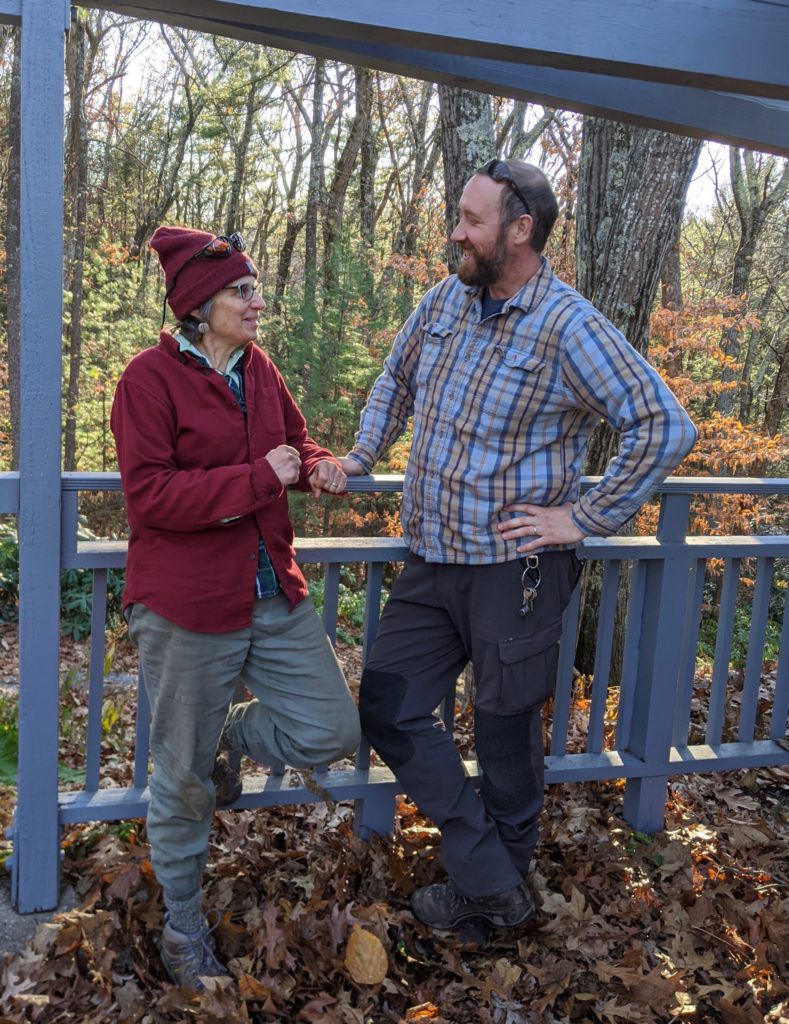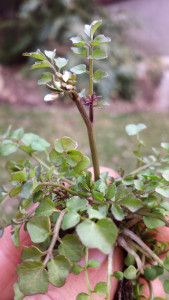Pollinate New England Program in Wellesley Shows You How to Plan and Plant a Pollinator Garden
The Wellesley Natural Resources Commission hosted a live Pollinate New England program (pre-Covid) on the importance of using native plants to support New England’s bees, insects and other pollinators. Watch this video of the program to learn the actual steps of creating a pollinator habitat garden.
Learn how to design and create a pollinator garden
You’ll learn how to attract native butterflies and moths, birds and bees to your garden and
- put the right native plants in the right places
- design the spacing of your plants to maximize their potential, have good looks and reduce weeds
- get your pollinator plants established with organic gardening practices, proper watering and care
- use ecological mulching materials and learn their benefits, such as retaining soil moisture, moderating soil temperature, and reducing weeds
The goal of Pollinate New England is to teach and encourage homeowners to plant diverse, systemic pesticide-free native plants that support a wide variety of pollinators throughout their life cycles. It’s an initiate of the Native Plant Trust (formerly New England Wild Flower Society), which received an IMLS grant to create a network of pollinator gardens, collaborating with twelve partners throughout six states, supported by a suite of in-person and distance programs and resources.



